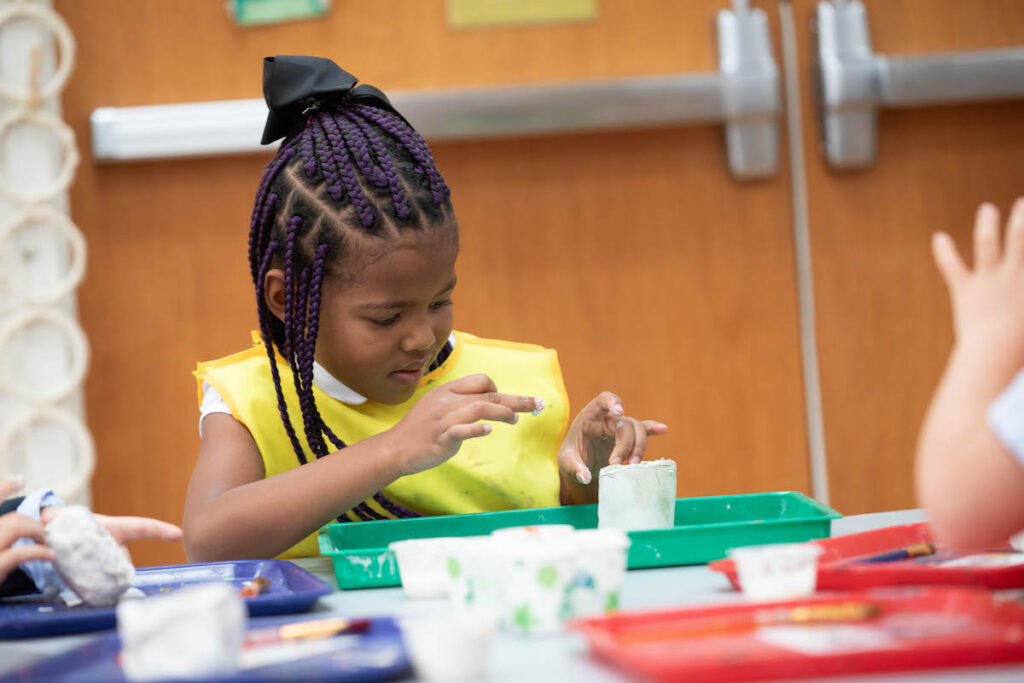
As the excitement for spring grows in all of our schools and we look towards graduation and summer, it’s also a moment to look even further into the future. While the Class of 2024 is about to embark on Commencement, our youngest preschool learners will graduate in fifteen years. 2039.
For a moment, picture yourself in fifteen years. Imagine, like you are watching a movie, your future self in as much vivid detail as you can. How old are you? What do you look like? Where are you? What do you see around you? What are you doing? What do you really want and how will you get it? Who is with you? Who or what is missing? How do you feel? How similar is your future self to your current self? Is your setting and context mostly the same or mostly different? What’s true in this future that isn’t true today?1
This type of “mental time travel” helps stretch your brain to imagine the future in the same way you can picture memories from your past. This type of envisioning the future helps us process and pre-feel potentially challenging situations so we’re more prepared to handle the futures. “Futures thinking isn’t a superpower, and you don’t have to fix everything or save everyone. But futures thinking is an incredibly useful, practical tool to prepare your mind to adapt to new challenges, build hope and resilience, reduce anxiety and depression, and inspire you to take actions today that set yourself up for future happiness and success.”2
While we cannot perfectly envision our future selves or truly predict our future world, we know that the rapid rate of innovation and change coupled with a variety of global challenges will require something new from us all. ‘We no longer have the luxury of preparing students for a predictable culture and world experience.’3 We must ask new questions. We must create new insights. We must design new ideas with integrity and quality.”4
How might we as school leaders embrace creative possibilities and exciting, new opportunities to meet the needs of this new generation while also stewarding our organizations forward responsibly?
What school leaders need right now is a robust form of “futures literacy” or “a universally accessible skill that builds on the innate human capacity to imagine the future’ in order to help people better understand the role of the future in what they see and do.”5 We must equip and empower, not just leaders, but diverse teams of engaged educators to develop together a “futures literacy” that prepares all of us for the inevitable uncertainties that define our times. That way we can work collectively to ensure that our unknown futures prove to be preferable ones – more just, equitable, regenerative, even beautiful futures.
Surely, the future will require us all, both individuals and organizations, to learn quickly and to act and adapt to changing circumstances. Based on our research, the elements of a learning organization that promote agility, creativity, and agency include some of the following essential mindsets and practices:
- Start with questions
- Nurture diversity
- Look closely
- Practice radical empathy
- Embrace ambiguity
- Make thinking visible
- Be brave to try and try again
Integrating these mindsets and practices will help us lean into learning and position our organizations strategically to act and adapt to the changing world.
The future does not exist; is not yet written. But, there are signs of the future all around us if we know where to look. With curiosity, creativity, and a commitment to empowering diverse teams, together, we can design a better world.6
Our next MV Ventures Transformation R&D report, based on futures literacy research, will be published later in May. Interested in bringing our team to speak (keynote or workshop session) on futures literacy at your school organization? Reach out to learn more.
Need help designing your future-ready vision or preparing your faculty to develop futures literacy in teaching and learning programs? MV Ventures helps schools to design strategy and to innovate programs and systems. Let’s get started on your transformation journey.
Schedule a call today.
References:
1 McGonigal, Jane (2022). Imaginable: How to see the future coming and feel ready for anything-even things that seem impossible today. Spiegel and Grau. p.
2 McGonigal, Jane (2022). Imaginable: How to see the future coming and feel ready for anything-even things that seem impossible today. Spiegel and Grau. p.xxviii-xxix
3 Colley, Jared et al. A People-centered Organization Living in an AI World; Mount Vernon Ventures Transformation R&D Report, Vol 1, Summer 2023, p.8
4 Rutledge, Ann Marsh et al (2023). Leveling Up Maker Education. Mount Vernon Ventures. p.7
5 Bleeker, Julian, Nick Foster, Fabien Girardin, and Nicolas Nova (2022). The Manual for Design Fiction. The Near Future Laboratory, p. 56
6 Colley, Jared et al. Mount Vernon Ventures Transformation R&D Report, Vol 4, Spring 2024
